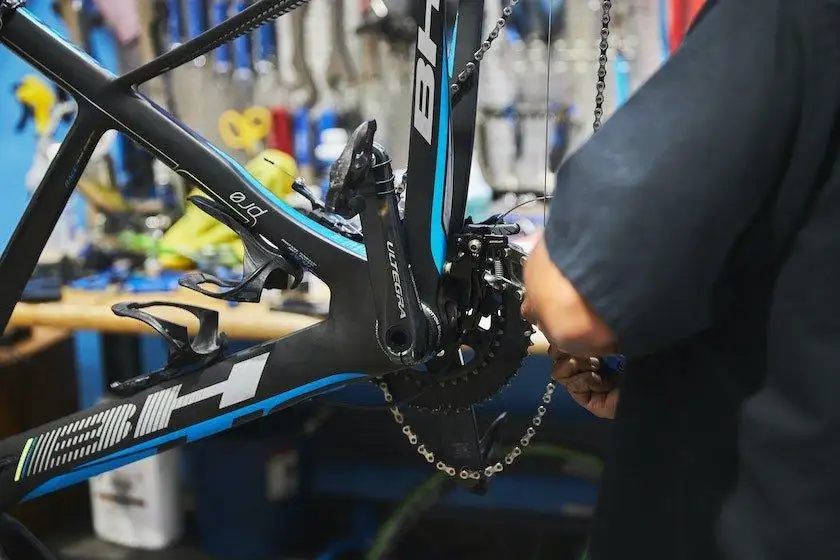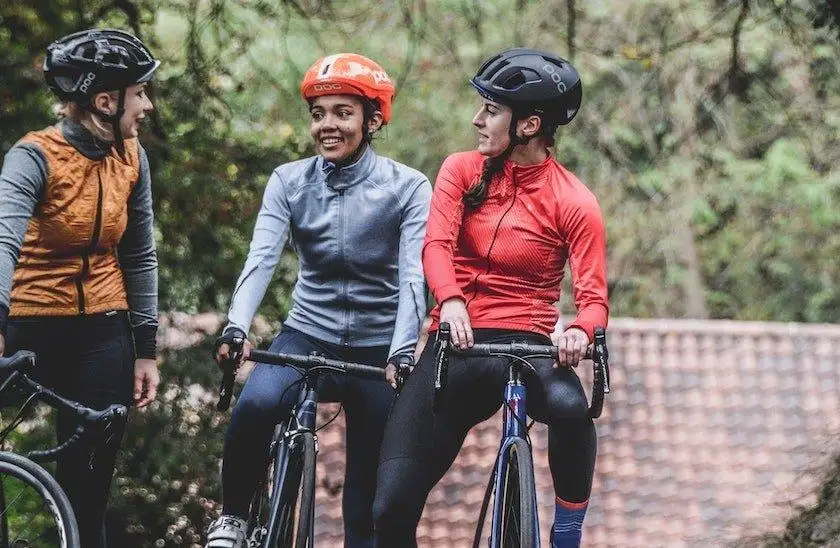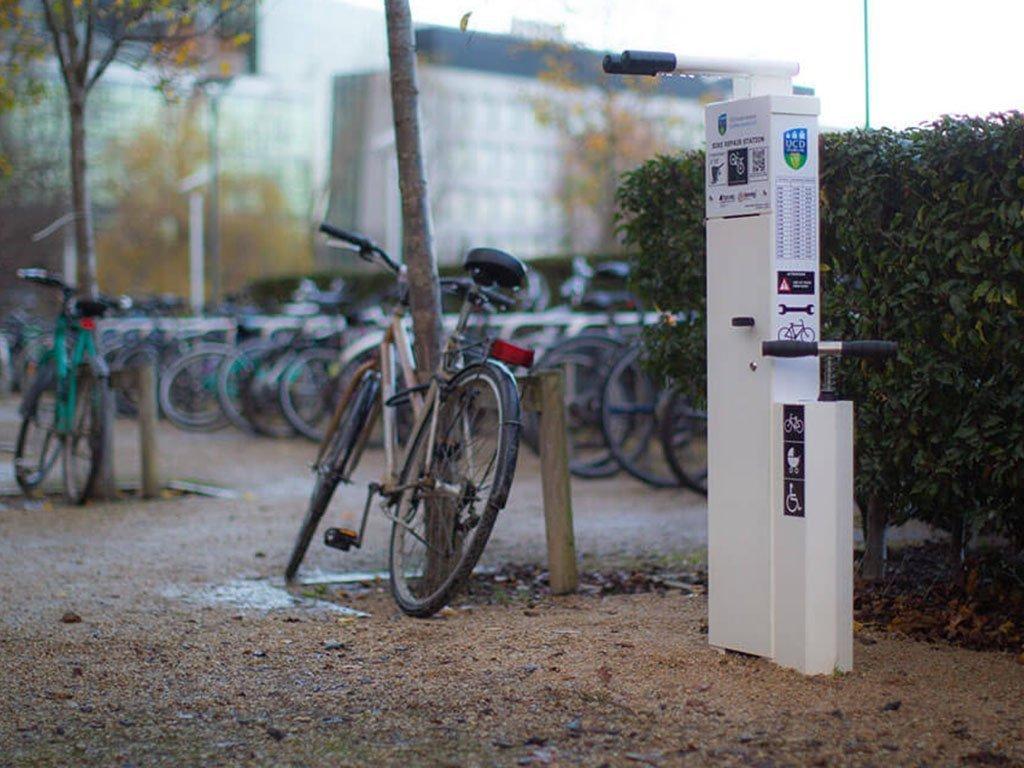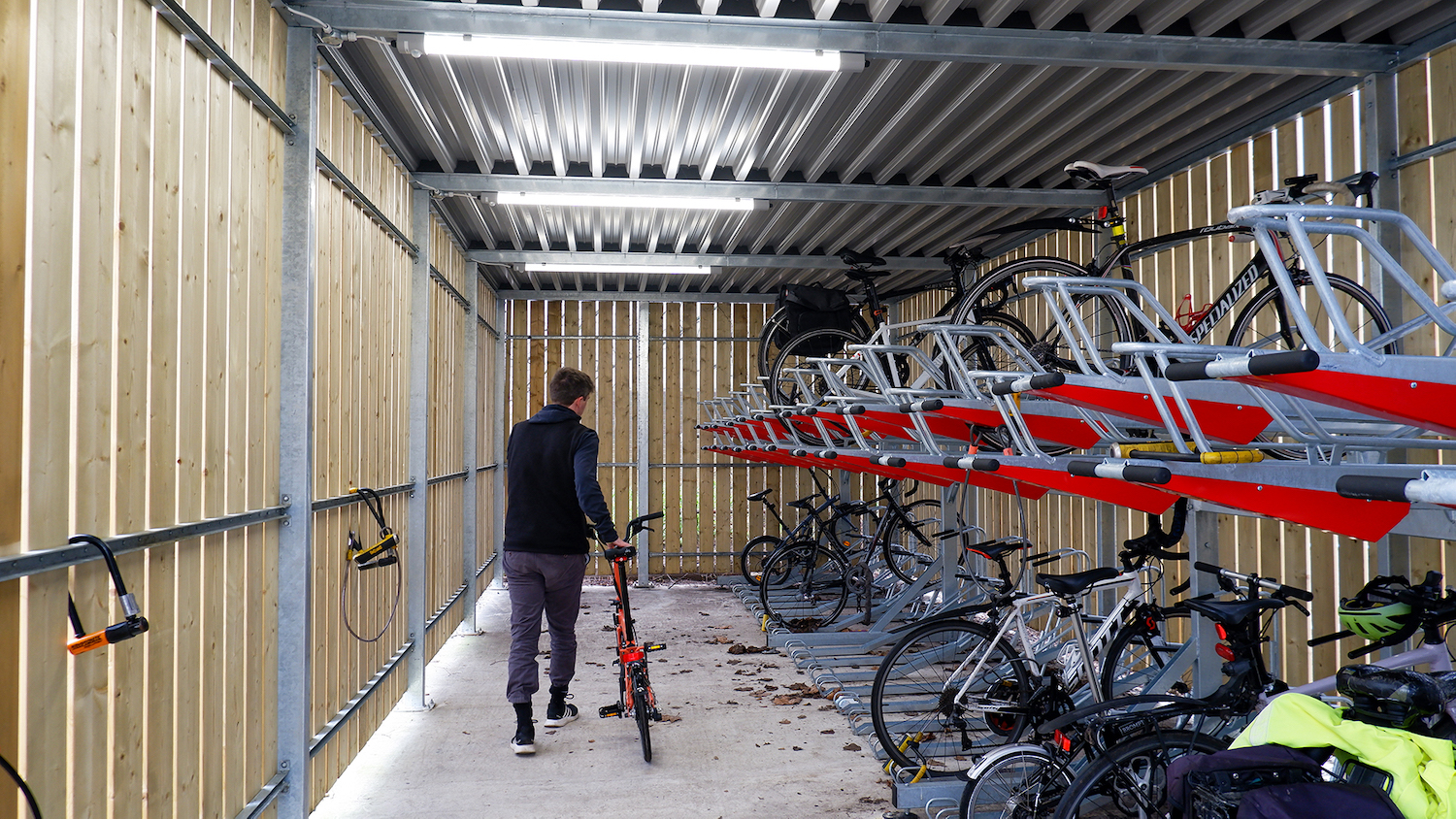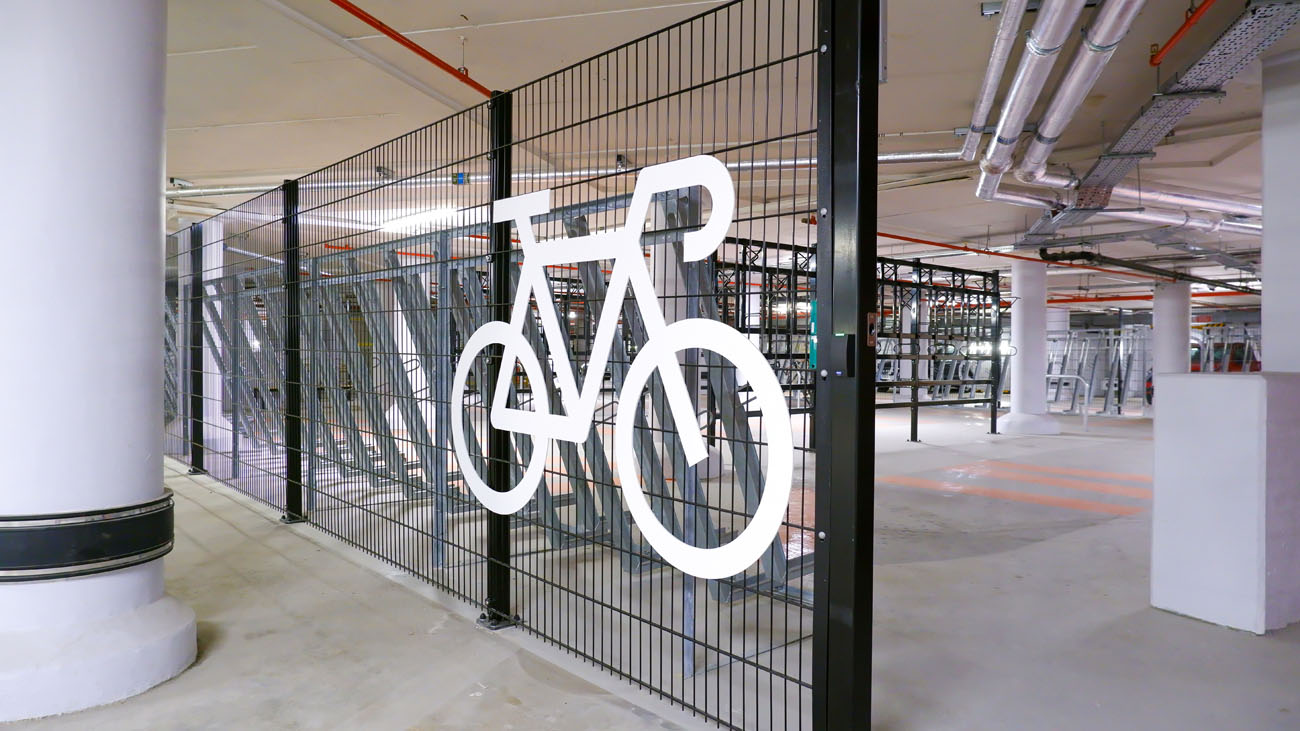Just bought your first road bike? Maybe you’ve had one for years, with no idea how to get started? Here are 10 things every beginner road cyclist should know.
1. Bring water and food
Almost all road bikes will either have a bottle cage fitted, or certainly the mounts to fit one. And they’re there for a reason – you’re going to need water! Dehydration is your worst enemy, so drinking little and often, totalling to about one full bottle per hour, will ensure you can keep pedalling for longer.
As you increase your distance, that’s when eating will really count. Just like a car needs petrol, your body needs carbohydrates to operate. You’ll notice your energy levels quickly deplete if you’re not proactively snacking on the bike. Consider taking flapjacks, energy bars, rice-cakes, or even sweets, to give a mix of different carbohydrates.
2. Get the right equipment
If there’s one thing you absolutely need to use it’s a helmet. No matter the distance or speed, get into the habit of wearing one. Most are so lightweight and comfortable, you’ll barely notice it.
Beyond that, there’s nothing you have to wear, but a good pair of cycling shorts will vastly improve your comfort. The chamois (the padded bit!) will prevent any chafing or discomfort, and the lycra will even make you slightly faster too. By the way, there’s no need for underwear.
3. Check your bike before every ride
To avoid roadside mechanical issues, make sure your bike is checked out before you go out. Pump up your tyres to the recommended pressure (this should be written on the sidewall of the tyre), check nothing is loose, and most importantly that your brakes are fully working.
Check out the M-check from Sustrans to learn more.

